Parasitoid Releases
Improving Biological Control
Key parasitoid of VCLH: Anagrus daanei
The key parasitoids of the Virginia Creeper Leafhopper are Anagrus daanei and Anagrus tretiakovae, the latter is rarely found in California though. Both parasitoids attack the eggs of VCLH. Anagrus daanei is also a key parasitoid of the Western Grape Leafhopper, along with Anagrus erythroneurae. Follow this link to watch a short video comparing the size of A. daanei relative to a dime: A. daanei on a dime for scale(video)
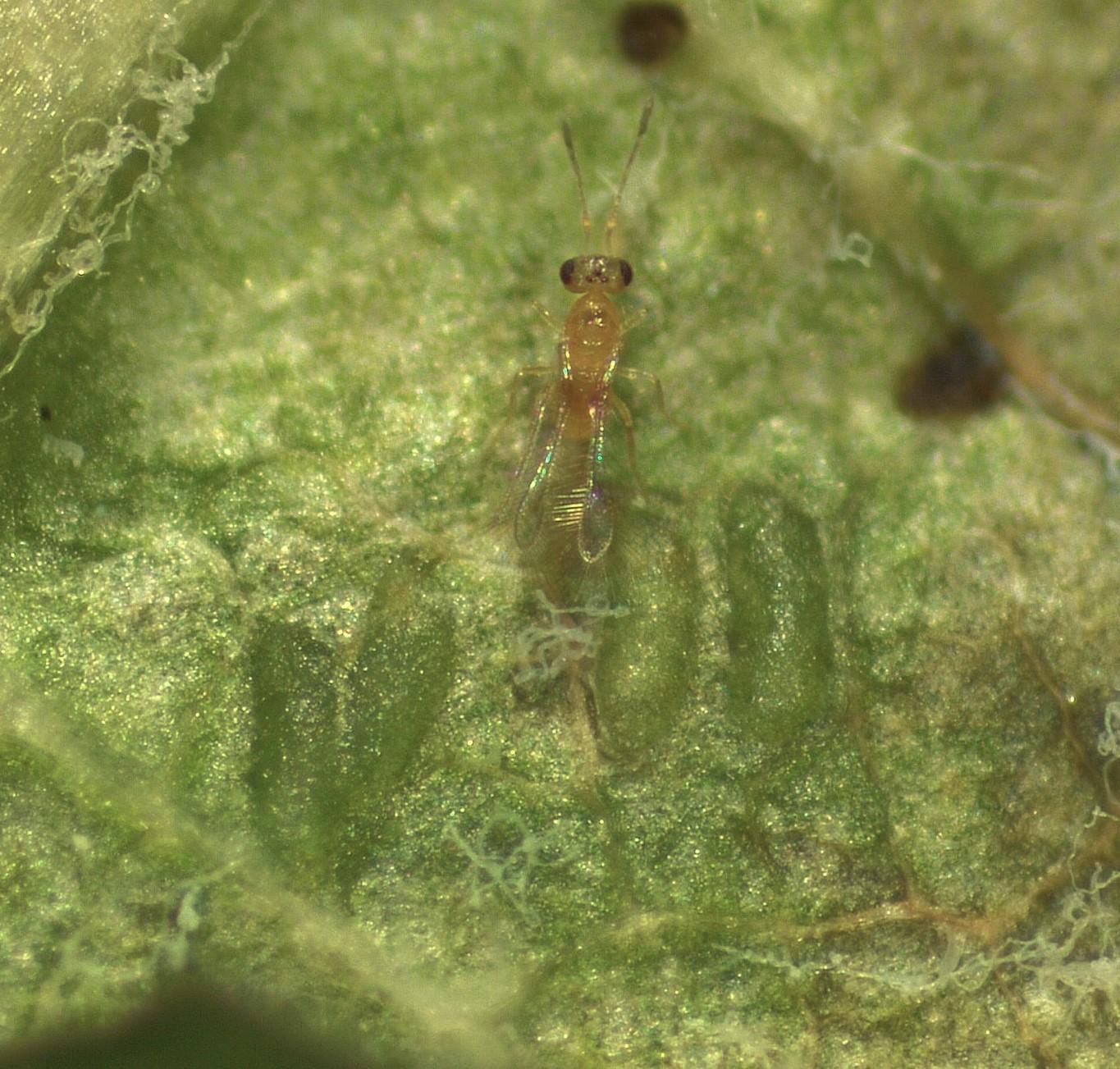
2013: Anagrus daanei not attacking VCLH in Mendocino/Lake County
Initial surveys in Mendocino and Lake County vineyards revealed that there was 0% parasitism of VCLH eggs. In contrast, there was consistently 30-50% parasitism of WGLH eggs in these same vineyards.
Most surprising was the discovery that A. daanei was actually present in all of these vineyards, but only attacking WGLH eggs. This is possibly the result of A. daanei exclusively reproducing on WGLH eggs for many years prior to the arrival of VCLH in the region. While the A. daanei in this region are biologically capable of attacking VCLH eggs, they may have effectively lost preference for them.
Efforts to "force" the A. daanei from Mendocino/Lake to attack VCLH eggs were unsuccessful, although over time the A. daanei in this region may naturally re-establish their preference for VCLH eggs. Unfortunately it is not clear how long that process could take.
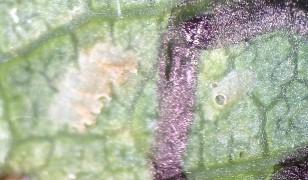
2014: Searching for a VCLH Parasitoid
In 2014 a broad survey of leafhopper parasitism was carried out in vineyards across northern California, including sites in Mendocino, Lake, Napa, Yolo and El Dorada County. This effort led to the identification of an A. daanei population in the Sacramento Valley that readily attacksVCLH eggs. Subsequent experiments further confirmed that theseparasitoids would specifically attack the eggs of theVCLH from Mendocino and Lake County. Follow these links to see a video of (1) A. daanei searching for VCLH eggs [Anagrus searching for VCLH eggs], (2) A. daanei parasitizing VCLH eggs [A. daanei parasitizing VCLH eggs] and (3) A. daanei emerging from a VCLH egg [A. daanei emerging from a VCLH egg].
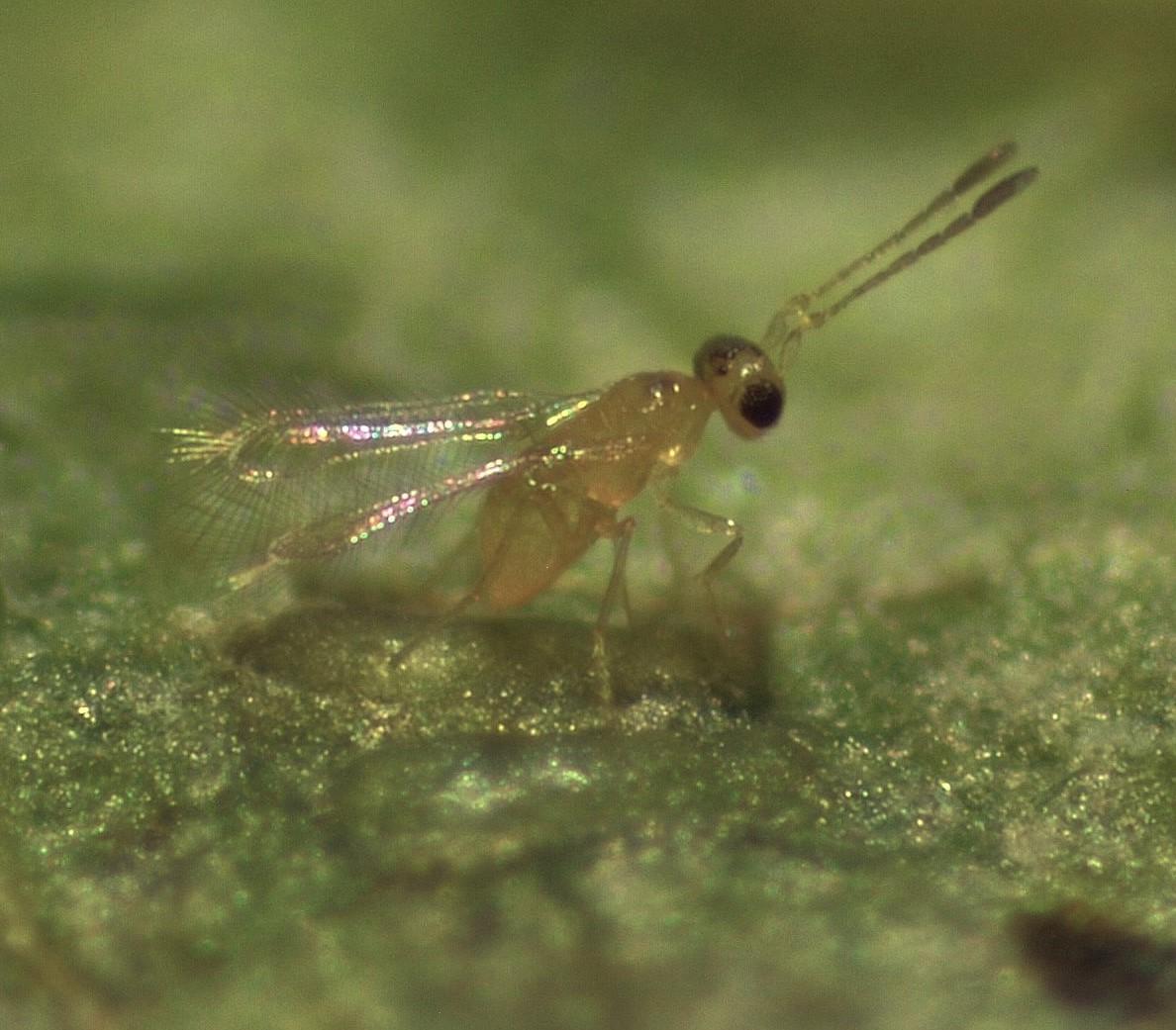

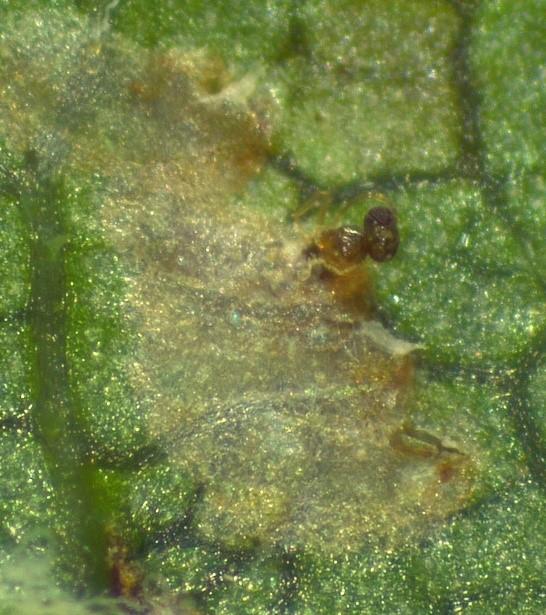
2015: Importing Parasitoids to Mendocino County
With the approval of the California Department of Food and Agriculture, A. daanei were collected from the Sacramento Valley and released into Mendocino County. Starting in late July 2015, hundreds of A. daanei were released each week at a vineyard near Hopland, CA.
Follow-up assessments have shown significantly increased parasitism of VCLH eggs at the release site. Parasitoids recovered from parasitized VCLH eggs were all identified as A. daanei.
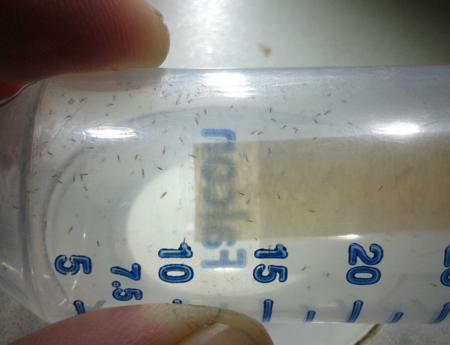

2016: A. daanei Rear-Release Program (Year 1)
Having established that releases of A. daanei from the Sacramento Valley can effectively enhance parasitism of VCLH eggs in Mendocino County, a large-scale parasitoid rear-release program was initiated for the 2016 and 2017 growing seasons.
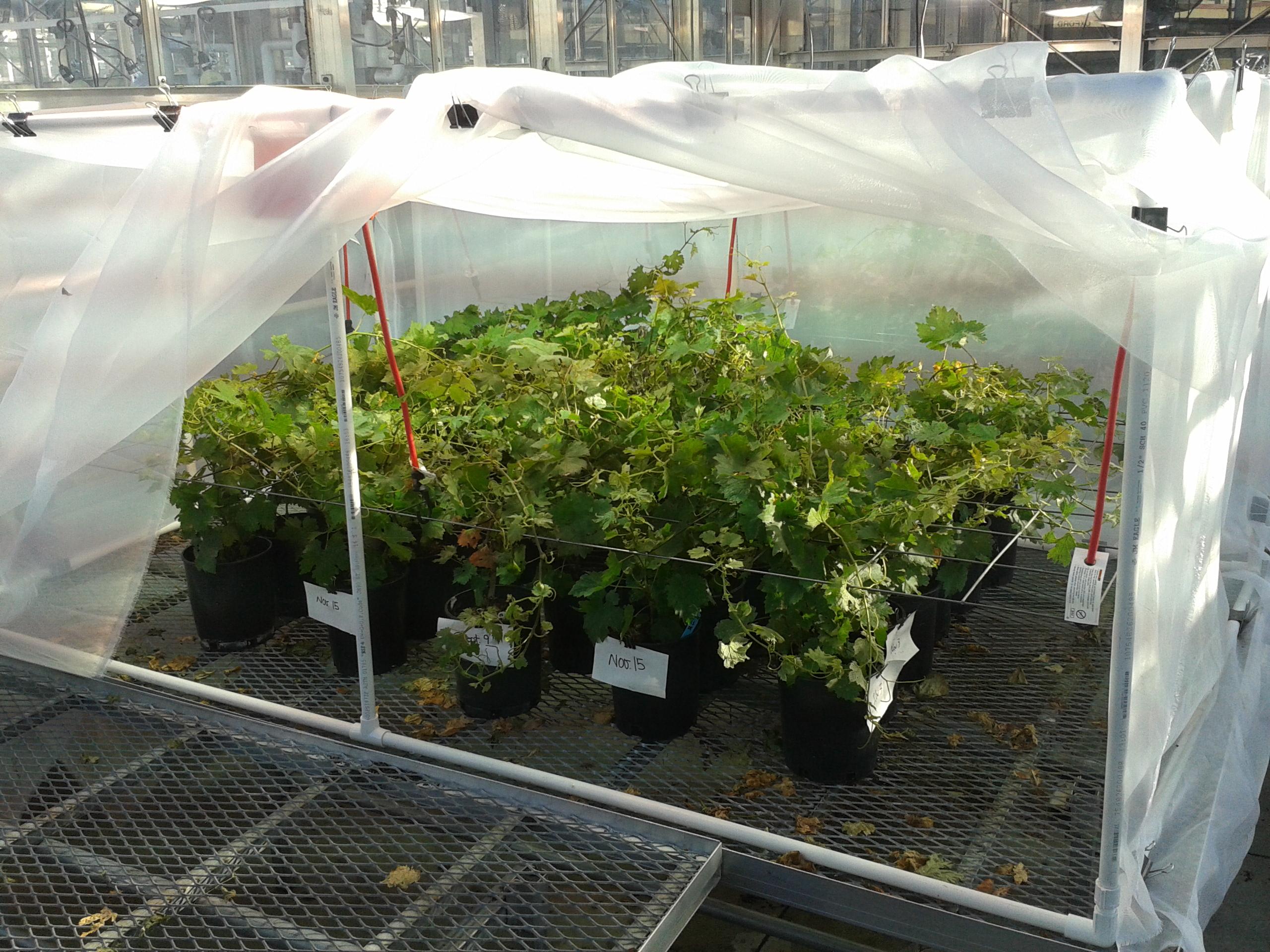
Between April 23 and September 2, 2016, a total of 15,342 A. daanei were released across 9 vineyard sites (7 in Mendocino and 2 in Lake County). Parasitoids were typically released at 1 site per week. An average of 568±71 A. daanei were released each week and a total of 1,704±340 were released at each site.
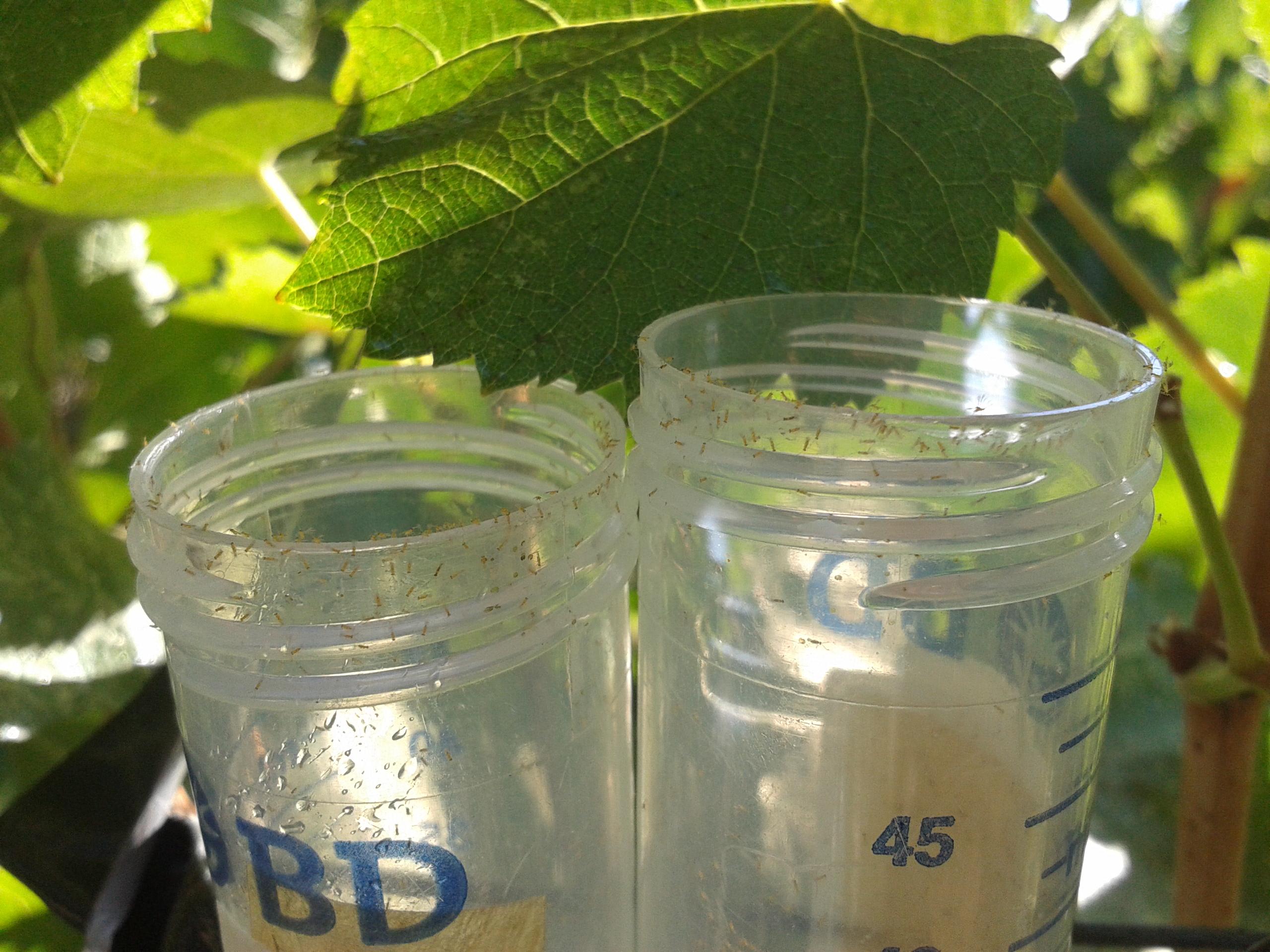
Impacts of the A. daanei releases varied, with a significant increase in parasitism observed at 4 of the 9 sites. At these 4 sites, parasitism rate of VCLH eggs ranged from 11-86%. The extent to which A. daanei had an effect on parasitism was likely related to (1) densities of viable VCLH eggs at the time of release and/or (2) the total quantity of A. daanei released.
In addition to parasitoid impact, significant advances were made in the rearing and parasitoid aggregation process at the UC Berkeley greenhouse. Each week, A. daanei are reared from VCLH eggs on grape leaves that come from our colonies. The parasitoids are collected 3 times per day Monday - Thursday and aggregated into a large vial that is held in an incubator at 50°F. The vial contains a strip of filter paper soaked in a 50% honey solution that serves as a food source for the parasitoids prior to their release. On Friday, the vial is brought to a vineyard and the A. daanei are released. Anagrus daanei mortality prior to release can significantly reduce the number of healthy parasitoids that make it to field release sites.. Minor improvements to the collection, storage and transportation process in 2016 reduced A. daanei mortality from 25% to 12%.
2017: A. daanei Rear-Release Program (Year 2)
The 2017 A. daanei rear-release program will release parasitoids in at least 10 vineyards in Mendocino and Lake County. Our goal in 2017 is to increase the abundance and frequency of parasitoid releases in all vineyards relative to the 2016 effort. Additionally, parasitoid releases will be initiated earlier than previous years (approx. April 5). Finally, the total number of A. daanei colonies will be increased from 4 to 9, which should allow us to significantly increase parasitoid production.

